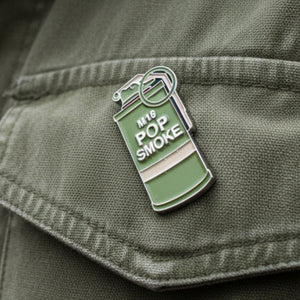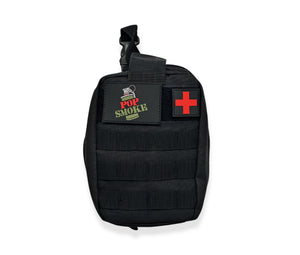Where do Veterans fit into the opioid epidemic?
A $26bn global settlement was recently agreed upon by four major opioid manufacturers in the U.S.

The largest of the group is Johnson & Johnson (J&J), who settled at a payment of $5bn over a period of nine years.
The other companies involved are McKesson, AmerisourceBergen, and Cardinal Health. These three will collectively pay $21bn over a span of 18 years.
Gear Spotlight: Relevant to This Story


If enough states and governments approve the settlement, nearly 4,000 claims in federal and state courts against the companies will be resolved.
J&J released a statement on the settlement, asserting that, “This is not an admission of any liability or wrongdoing and the Company will continue to defend against any litigation that the final agreement does not resolve.”
Regardless of guilt, with a settlement as widely-impactful as this, it is worth reflecting on where Veterans fit into the overall picture of the opioid epidemic.
Opioid Addiction in the Military
During a 2011 study of the VA health system, it was discovered that Veterans are twice as likely to die from an accidental opioid overdose compared to the general population.
It wasn’t until the 60s that the military decided drug addiction was a serious issue for service members. This shift came when swaths of Veterans returned from Vietnam after abusing heroin during their deployment.
According to Lee Robins’ study following the Vietnam War, nearly 20% of U.S. soldiers who served in Vietnam showed symptoms of heroin dependence.
Years later, another study showed that injuries incurred during the War on Terror were linked to 58% of all heroin abuse in the military during that period.
For the most part, continuing to focus on the issue has worked. The rates of opioids prescribed to patients within the VA health care system has lowered significantly over the past decade.
The continual decline of opioid prescription rates can be attributed to many factors. Most prevalent among these is the Opioid Safety Initiative (OSI) developed by the Veteran’s Health Administration (VHA).













